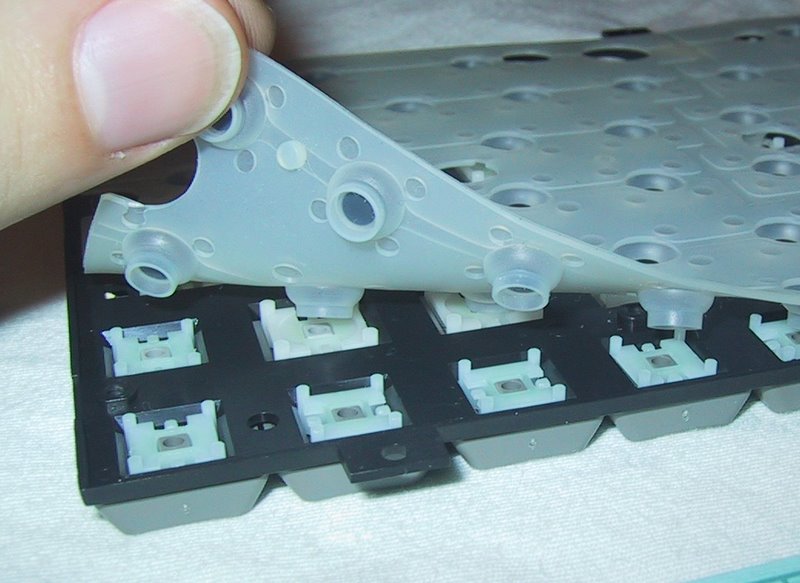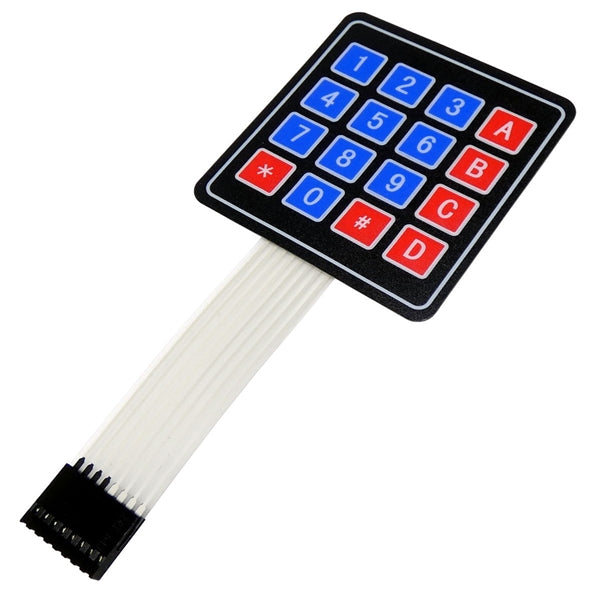How to Choose the Right Membrane Switch for Your Technology Needs
How to Choose the Right Membrane Switch for Your Technology Needs
Blog Article
Membrane Layer Change Technology: The Key to Trustworthy and Economical Interfaces
Membrane button modern technology has actually arised as a pivotal part in the layout of customer interfaces, providing both integrity and cost-effectiveness across a diverse range of applications. As we discover the diverse advantages of membrane layer switches, their capacity for development increases inquiries concerning future applications and progressing patterns.
Understanding Membrane Switch Over Innovation
Membrane button modern technology is an extensively used user interface option in various digital devices, offering a seamless mix of functionality and layout. This modern technology includes several layers of materials, typically containing a visuals overlay, spacer layer, and a circuit layer. The graphic overlay presents the user interface aspects, while the spacer layer separates the circuit layer from the overlay until an individual activates a switch.
When pressure is applied to the overlay, the circuit layer completes the electrical circuit, sending a signal to the gadget. This mechanism permits numerous configurations, including responsive responses and backlighting choices, enhancing user interaction. Membrane layer buttons are generally manufactured using durable materials such as polyester or polycarbonate, ensuring long life and resistance to ecological elements like dampness and dirt.
The adaptability of membrane layer switches enables their application in varied sectors, consisting of medical devices, customer electronic devices, and commercial controls. Their small layout enables integration right into space-constrained settings, offering an effective interface without endangering visual charm. Comprehending the complexities of membrane switch modern technology is important for producers and designers seeking to create trustworthy and reliable human-machine user interfaces.
Trick Benefits of Membrane Layer Switches
While various interface services exist, membrane changes offer distinct advantages that make them a preferred selection in numerous applications. Among the key benefits is their toughness; membrane layer switches are developed to hold up against rough ecological conditions, including moisture, dust, and temperature level changes, making certain lasting efficiency. This strength considerably lowers the requirement for regular replacements, therefore lowering general maintenance costs.

In addition, membrane switches are light-weight and small, making them ideal for applications where space is restricted. Their inconspicuous design adds to a smooth appearance without endangering performance.
Cost-effectiveness is additionally a remarkable advantage, as the production procedure for membrane layer changes tends to be cheaper contrasted to standard mechanical switches. This price, integrated with their integrity and simplicity of installment, settings membrane switches as a sensible remedy for a variety of markets looking for efficient and reliable interface.
Applications Throughout Different Industries
Just how do membrane layer buttons adjust to the diverse needs of numerous markets? Membrane switch technology is significantly acknowledged for its flexibility, making it appropriate for a vast range of applications throughout several markets.
In consumer electronic devices, membrane switches provide a small solution for remote controls and home devices, improving user experience through intuitive style. Furthermore, the commercial market leverages membrane link layer buttons for machinery control panels, profiting from their resistance to extreme settings, such as dampness and dirt.
Armed forces and aerospace applications likewise make use of membrane switches for their reliability and capability to withstand severe problems, guaranteeing functional effectiveness in vital circumstances. Additionally, the food and beverage market adopts these buttons for automated systems, where hygiene and convenience of operation are paramount. Eventually, membrane layer switches are tailored to fulfill the special demands of each market, proving their crucial duty in modern innovation user interfaces
Layout and Customization Choices

In the world of membrane layer switch technology, style and modification options play a crucial function in improving performance and individual interaction. These switches can be tailored to meet specific functional needs and aesthetic preferences, making them flexible parts in various applications.
Among the main personalization alternatives is the design of the button itself, which can be created to fit one-of-a-kind customer interfaces and ergonomic considerations. By readjusting the shape, size, and arrangement of switches, suppliers can create intuitive designs that assist in simplicity of use. Additionally, the unification of various shades and visuals overlays permits branding and improved exposure, making sure that individuals can swiftly recognize features.
Moreover, membrane buttons can be crafted with numerous tactile comments devices, such as elevated buttons or audible clicks, to enhance the customer experience. Various materials can also be selected for longevity and ecological resistance, attending to factors such as moisture, temperature changes, and chemical exposure.
Inevitably, the comprehensive design and personalization choices available in membrane layer button innovation empower services to create customized remedies that not only meet practical needs yet additionally straighten with their branding and functional demands.

Future Trends in Membrane Layer Buttons
As membrane layer button modern technology proceeds to progress, future trends are progressively concentrated on improving user experience and integrating sophisticated index capabilities. One considerable trend is the combination of touch-sensitive and capacitive modern technologies into typical membrane layer buttons. This advancement enables even more user-friendly interface, giving responsive feedback while preserving a sleek layout.
Another emerging pattern is the use of eco friendly materials, driven by the expanding need for sustainable production practices. Producers are seeking to lower their carbon impact by using recyclable substrates and low-impact inks, lining up with international sustainability objectives.
Furthermore, the increase of the Web of Things (IoT) is prompting the unification of smart functions right into membrane layer buttons. Enhanced connection options will make it possible for gadgets to interact with each other, enabling seamless assimilation right into wider systems.
Furthermore, developments in printing technologies, such as electronic printing, are enabling higher design versatility and personalization. This enables makers to produce elaborate styles and dynamic shades cost-effectively.

Conclusion
In final thought, membrane switch technology represents an important innovation in customer interface layout, providing considerable benefits in sturdiness, customization, and cost-effectiveness. As developments continue to emerge, specifically in touch-sensitive interfaces and sustainable materials, the potential for membrane Visit This Link layer changes to enhance customer experience and functionality continues to be encouraging.
Report this page